Introduction
Orange cake, with its sunlit hue and vibrant citrus flavor, is a dessert that brightens any occasion. Whether served at a birthday celebration, a cozy afternoon tea, or as a sweet ending to a family dinner, this moist, tender cake embodies the refreshing essence of oranges. Unlike rich chocolate cakes or dense fruitcakes, the orange cake offers a light, airy texture paired with a tangy-sweet taste that tantalizes the palate. Its versatility allows for endless customization—from a simple loaf cake adorned with a dusting of powdered sugar to an elaborate layered masterpiece filled with orange curd and frosted with silky cream cheese icing. This article delves into the intricacies of crafting the perfect orange cake, exploring techniques, ingredients, and troubleshooting tips to ensure your baking endeavors yield a dessert that is as visually stunning as it is delicious.
The Science Behind the Sweetness: Understanding Ingredients
Creating the ideal orange cake begins with selecting the right ingredients and understanding their roles. Flour, the backbone of any cake, provides structure. All-purpose flour is most commonly used, but cake flour, with its lower protein content, yields a softer crumb. Baking powder acts as the leavening agent, creating air bubbles that expand in the oven, resulting in a light, fluffy texture. Salt enhances the overall flavor by balancing sweetness.
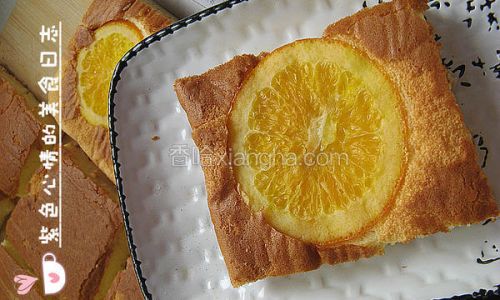
Butter contributes richness and moisture, while granulated sugar adds sweetness and aids in tenderizing the crumb by inhibiting gluten formation. Eggs provide structure, moisture, and act as an emulsifier, binding the ingredients together. Vanilla extract deepens the flavor profile, and orange zest—the star of the show—infuses the cake with aromatic citrus oils. Freshly squeezed orange juice lends acidity and moisture, replacing milk or water in many recipes for a bolder flavor. Optional additions like poppy seeds, chopped nuts, or a drizzle of orange glaze elevate the cake’s complexity.
Equipment Essentials: Tools for Baking Success
Baking a flawless orange cake requires the right tools. A standard set includes mixing bowls (one large for dry ingredients, one medium for wet), a whisk, an electric mixer (handheld or stand), measuring cups and spoons, a sieve or sifter, a rubber spatula, a 9×5-inch loaf pan or two 8-inch round cake pans, parchment paper, and a cooling rack. For those seeking precision, a kitchen scale ensures accurate measurements, critical in baking. A microplane zester is indispensable for grating orange peel finely, avoiding the bitter pith. A toothpick or cake tester checks doneness, while a serrated knife levels cake layers for frosting.
Step-by-Step Baking Process: From Mixing to Mouthwatering
Preparing Your Workspace and Ingredients
Begin by preheating your oven to 350°F (175°C). Grease your chosen pan(s) with butter or non-stick spray, then line the bottom with parchment paper for effortless release. Zest the oranges first to capture the volatile oils, then juice them. Measure all ingredients meticulously—baking is a science, and accuracy matters.
Sifting Dry Ingredients
In a large bowl, whisk together 2 cups (250g) all-purpose flour, 2 teaspoons baking powder, and ½ teaspoon salt. Sifting aerates the flour, removing lumps and ensuring even distribution of leavening agents.
Creaming Butter and Sugar
In a separate bowl, cream ½ cup (115g) unsalted butter (at room temperature) with 1 cup (200g) granulated sugar using an electric mixer on medium-high speed until pale and fluffy, approximately 3-4 minutes. This step incorporates air, crucial for a tender crumb.
Incorporating Eggs and Vanilla
Add 2 large eggs, one at a time, beating well after each addition. Scrape down the bowl to ensure even mixing. Stir in 1 teaspoon vanilla extract.
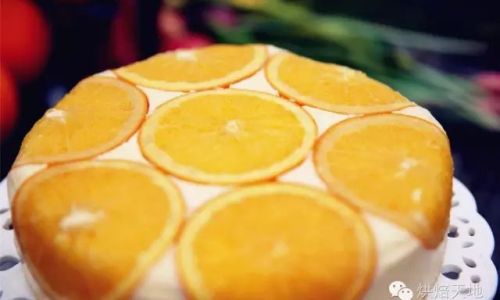
Alternating Dry and Wet Ingredients
Combine ½ cup (120ml) fresh orange juice and ¼ cup (60ml) milk (or yogurt for added tang). Add half the dry ingredients to the butter mixture, mixing on low speed until just combined. Stream in half the orange juice mixture, then repeat with the remaining dry and wet ingredients. Avoid overmixing, which can toughen the cake.
Folding in Orange Zest
Gently fold in 2 tablespoons fresh orange zest using a rubber spatula. This preserves the delicate zest oils and ensures even distribution.
Baking to Perfection
Pour the batter into the prepared pan(s). Bake for 45-55 minutes (for a loaf pan) or 25-30 minutes (for round pans), or until a toothpick inserted into the center emerges clean. Rotate the pan halfway through baking for even heat distribution.
Cooling and Unmolding
Allow the cake to cool in the pan for 10 minutes, then invert onto a wire rack to cool completely. This prevents sogginess from trapped steam.
Optional: Crafting an Orange Glaze or Frosting
For a glossy finish, whisk 1 cup (120g) powdered sugar with 2-3 tablespoons orange juice until smooth. Drizzle over the cooled cake. For a decadent twist, prepare cream cheese frosting by beating 4 oz (115g) softened cream cheese, ¼ cup (55g) butter, 1½ cups (180g) powdered sugar, and 1 tablespoon orange zest until fluffy.
Expert Tips for Orange Cake Excellence
- Room Temperature Ingredients: Ensure butter, eggs, and milk are at room temperature for seamless blending.
- Zesting Technique: Grate only the colorful outer peel, avoiding the bitter white pith.
- Avoid Overmixing: Stop mixing once ingredients are combined to prevent a dense texture.
- Oven Variability: Check your cake 5-7 minutes early if your oven runs hot.
- Enhancements: Fold in 2 tablespoons poppy seeds or ½ cup chopped pecans for texture. Layer with orange marmalade between layers for a multi-dimensional flavor.
Creative Variations and Customizations

- Citrus Swap: Substitute oranges with lemons, limes, or grapefruits for a tangy twist.
- Vegan Adaptation: Replace eggs with flax eggs (1 tbsp ground flax + 3 tbsp water per egg) and use plant-based milk.
- Gluten-Free Option: Use a 1:1 gluten-free flour blend and add ¼ teaspoon xanthan gum.
- Cupcake Conversion: Bake in muffin tins for 18-20 minutes; yields 12-15 cupcakes.
- Upside-Down Cake: Arrange orange slices in the pan bottom before pouring batter for a caramelized finish.
Troubleshooting Common Pitfalls
- Sunken Center: Likely caused by underbaking or expired leavening agents. Use fresh baking powder and test doneness promptly.
- Dry Crumb: Overbaking or excess flour. Measure flour correctly (spoon and level method) and remove cake promptly when done.
- Sticking: Inadequate greasing or cooling. Always line pans and cool completely before unmolding.
- Glaze Issues: If too thick, add juice incrementally; if too thin, sift in more powdered sugar.
Serving Suggestions and Pairings
Orange cake shines when paired with complementary flavors. Serve slices with a dollop of whipped cream, a scoop of vanilla bean ice cream, or a sprinkle of toasted coconut. For a brunch spread, pair with Earl Grey tea or freshly brewed coffee. Elevate the presentation with candied orange slices, a dusting of powdered sugar, or edible flowers.
Storage and Make-Ahead Tips
- Room Temperature: Store in an airtight container for up to 3 days.
- Refrigeration: Wrap tightly in plastic; lasts up to 1 week.
- Freezing: Double-wrap in plastic and foil; freezes for up to 3 months. Thaw at room temperature.
- Make-Ahead: Bake the cake a day in advance; the flavors meld beautifully overnight.
Conclusion: The Joy of Homemade Orange Cake
Baking an orange cake is an act of culinary alchemy, transforming simple ingredients into a dessert that evokes warmth and joy. Whether you’re a novice baker or a seasoned pro, this recipe offers room for creativity and experimentation. From tweaking the citrus profile to exploring gluten-free or vegan adaptations, the orange cake is a canvas for your baking aspirations. So, preheat your oven, zest those oranges, and embark on a journey to create a dessert that will delight friends, family, and yourself. Remember, the best cake is one made with love—and a generous helping of orange zest.
Word Count: 2,150
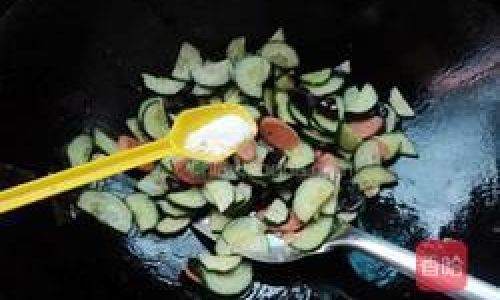
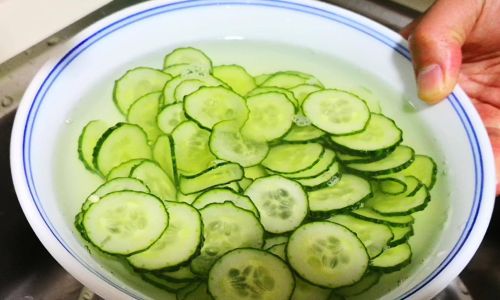

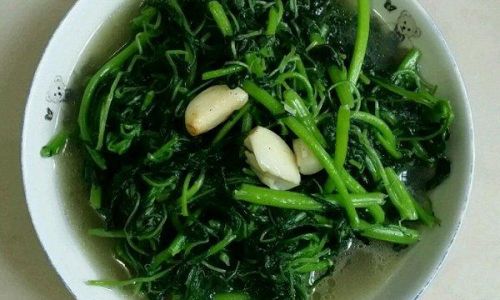
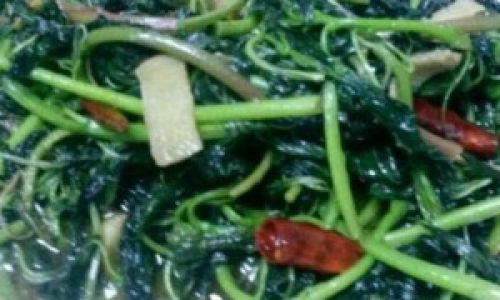
0 comments